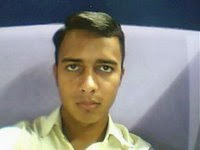
Last year, HRD Minister Arjun Singh dropped a bombshell when he announced 27 percent reservations for OBCS in all institutes of higher learning. It is seen as a precursor to reservations in private jobs to already existing quotas in government jobs. No wonder, this triggered nation-wide protest, for and against the policy. It also revived the volatile debate regarding merit versus equity. The issue was taken to the Supreme Court which asked the Government pertinent questions. What was the basis of the norms for fixing it? Finally, if the proposed reservation is implemented, what are the modalities and the basis for these modalities? These questions struck at the core of the reservation issue.
The truth is that reservation has become a victim of politics of competitive populism. Not only are there variations from state to state regarding who is entitled to reservations, the statistical basis of the latest policy is suspect. There is little credible data on what percentage of the population constitutes the Other Backward Classes, a polite metaphor for caste. At the time of Independence, 2,399 castes were recognized by the Kalekar Commission as OBCS. The Mandal Commission recognized 2,052 castes but today that figure is 3,743. Mandal estimated that the population of OBCS was 52 percent based on the last castebased census in 1931. The Census continues to record SCS and STS but not OBCS which remains a conjectural figure. The National Sample Survey estimated that OBCS constitute about 36 percent of the population and not 52 percent as the latest reservation policy would have the country believe.
Moreover, there are serious questions regarding the impact the reservation policy will have on the quality of education. There is also confusion about whether the creamy will be part of the new policy.













